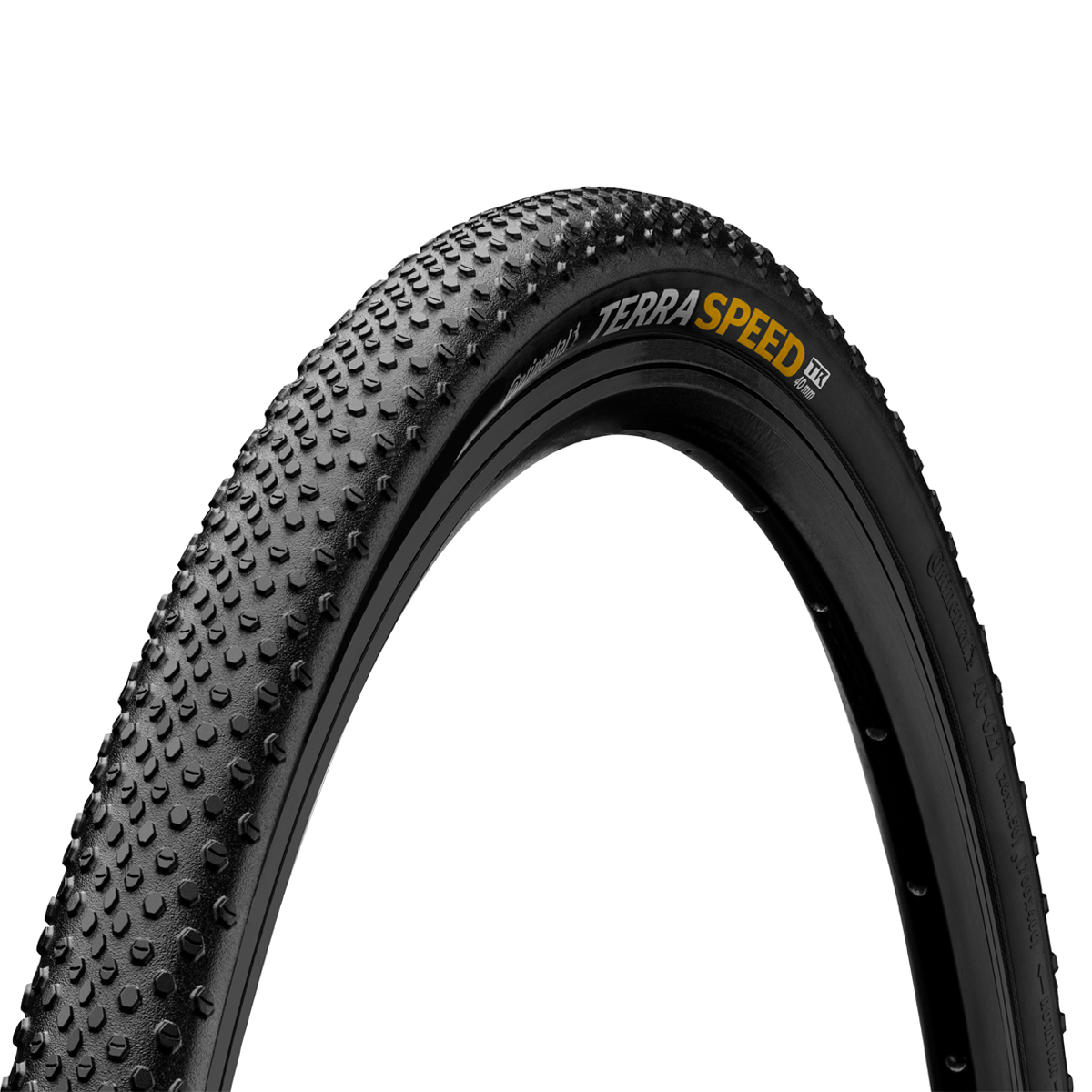Gravel Cykeldæk
Do you have questions about gravel tyres?
The size or width of the tyre depends entirely on how you define your gravel bike and on which grounds you mainly ride. Some of the most common sizes for gravel tyres can be found in the table:
| Wheel size | French designation | Inch dimension | ETRTO |
|---|---|---|---|
| 27,5" | - | 27,5x1.20" | 30-584 |
| 28" | 700x30C | 28x1.20" | 30-622 |
| 27,5" | - | 27,5x1.35" | 35-584 |
| 28" | 700x35C | 28x1.35" | 35-622 |
| 27,5" | - | 27,5x1.50" | 40-584 |
| 28" | 700x40C | 28x1.50" | 40-622 |
| 27,5" | - | 27,5x1.75" | 47-584 |
| 28" | 700x45C | 28x1.75" | 47-622 |
| 27,5" | - | 27,5x2.00" | 50-584 |
| 28" (29") | 700x48C | 28x2.00" (29x2.00") | 50-622 |
Tyre widths of 30 or 50 mm are rarely used and only for very on-road or off-road oriented tyre models. The majority of all-round tyres has a tyre width between 35 mm and 45 mm. Except for: Cyclocross tyres usually have a size of 700x33C (ETRTO: 33-622), as the UCI does not allow wider tyres for cyclocross races.
The tyre tread pattern, like the tyre width, depends on the preferred use. Do you want to cover many kilometres and prefer to ride your gravel bike on the road and on easy forest paths? Or do you love shooting down gravel tracks and riding on easy trails? It is crucial to choose the right tyre, the number one tuning part on a gravel bike.
| Tyre width | Tread | Focus | Rolling resistance | Offroad grip | Intended use |
|---|---|---|---|---|---|
| Narrow | Lightweight | Speed | Low | Low | Road, dry forest paths, fine gravel |
| Medium | Moderate | Versatility | Moderate | Good | Mixed terrain, coarse gravel, damp forest soils |
| Wide | Strong | Fun | High | High | Coarse gravel, wet natural ground, rocky ground, easy trails |
In practice, there are also combinations of wide tyres with little tread pattern (more damping on the road, riding on sand) or narrow tyres with a deep tread pattern (mud tyres, cross tyres). Therefore, the table only provides a rough categorisation for basic understanding.
A clear yes. Gravel and cross tyres benefit just as much from tubeless tyres sealed with liquid latex as their MTB counterparts. The most important advantages are:
- Better puncture protection thanks to "self-fixing" tyres
- Lower air pressure is possible, thus more comfort/grip
- Less rolling resistance thanks to missing inner tube
- Weight saving (depending on the previously used tube or amount of sealant)
You will already notice this on the road. However, the more you turn off the road, the more the aforementioned advantages come into play. Thanks to the wider tyres and lower air pressures – in contrast to road bikes – mounting is often easier and there are fewer problems with sealing.
;BackgroundColor=ffffff)
;BackgroundColor=ffffff)